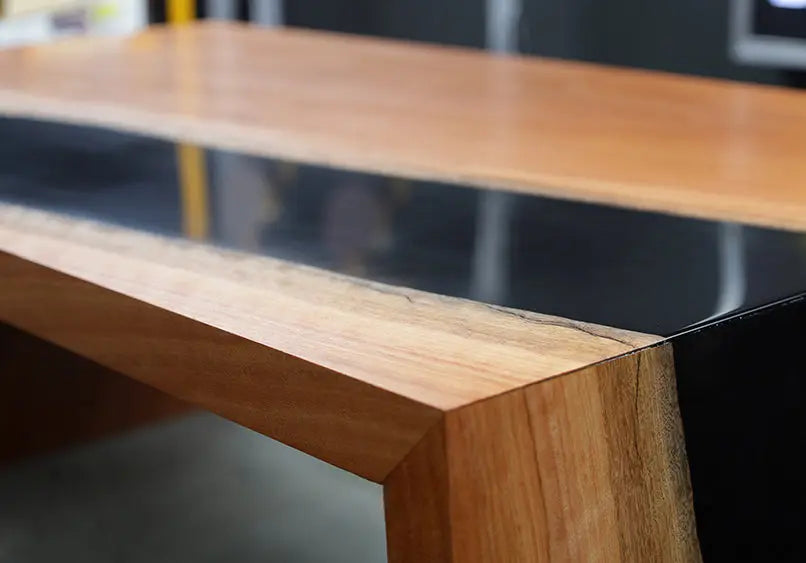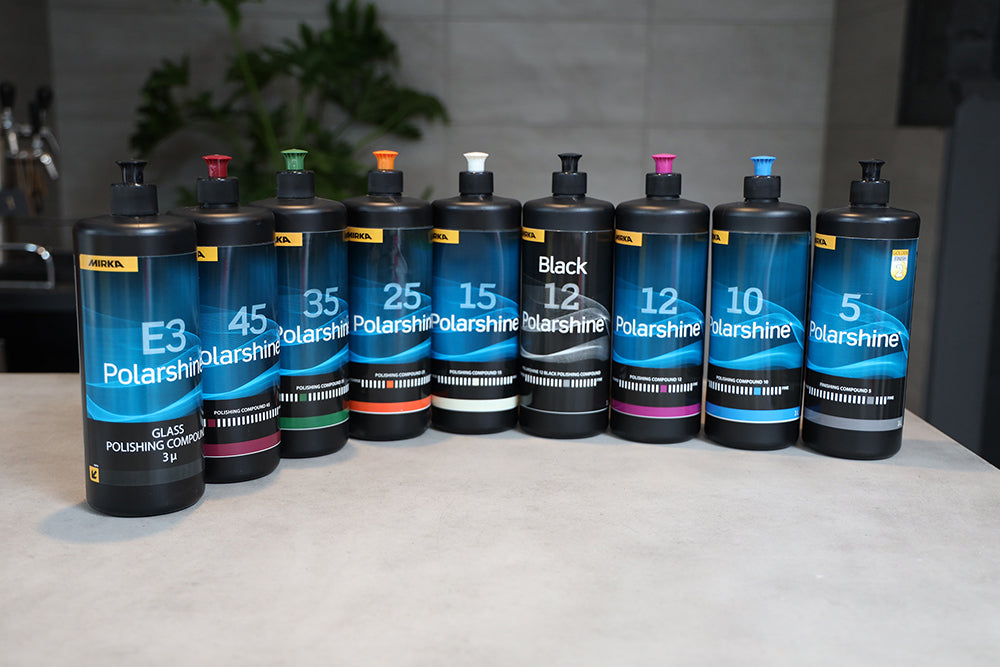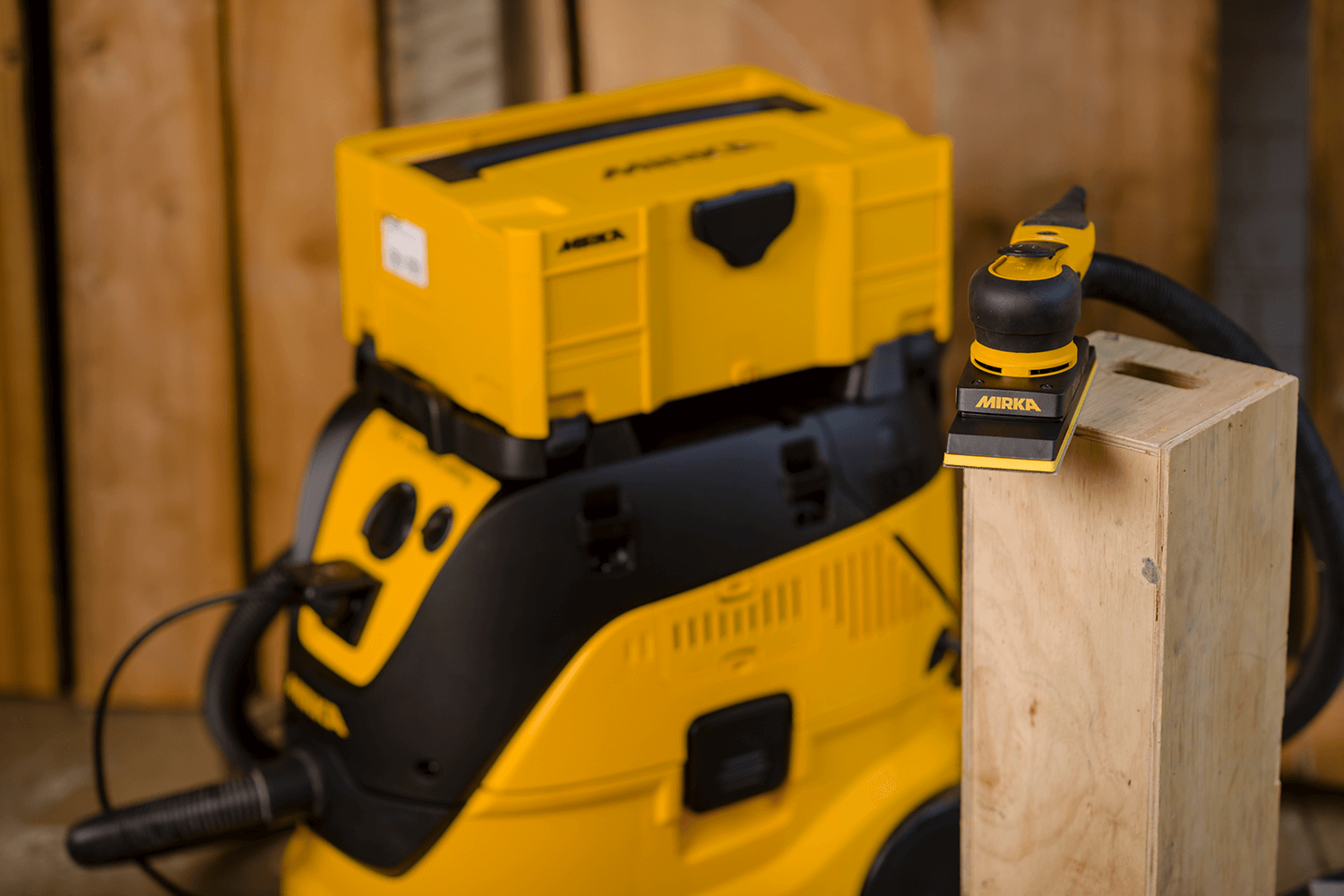There is something special about a piece of furniture that offers something more than functionality. Furniture making can be seen as a form of expression and has seen many designs and styles over the years. Epoxy tables began to soar in popularity during the 2010s and are still quite popular today. We have all seen many items made from epoxy resin; lamps, jewellery, art pieces, furniture, chopping boards, coasters - the possibilities are endless.

Epoxy is a versatile material, originally used for industrial purposes. Now it is a favourite among artisans and craftsmen everywhere. Epoxy tables are seen as statement pieces, a lavish addition to a luxury home. But many more people are opting to acquire these pieces because they are as aesthetically pleasing as they are practical.

We recently met with Nick from Procon - a local carpenter who specialises in high-end fit outs and furniture, including epoxy tables. He created a coffee table from red gum and epoxy and sanded and finished it in our new Demo Centre at Kogarah. Nick sanded the table using the Mirka Deros Electric 5mm Orbital Sander. "It’s a great sander to use as there is very little vibration and the on-off trigger is on the top of the sander, making it more user-friendly than a button", Nick said.

He began sanding the table with Abranet Ace HD, the coarser grits were used to remove the excess epoxy and then he continued sanding the whole table with Mirka Abranet Ace up to 400 grit.

Nick continued the process by wet sanding using Mirka Abralon, making sure to fit a Vacuum Block Disc to protect the sander and dust extractor before beginning. Nick wet sanded with Abralon, going through the grits from 360 to 4000 grit. “The Abralon pads are consistently wearing and don't wear-out in certain sections more than others, which leaves a better finish”, he remarked.

Nick then finished the piece using Rubio Monocoat oil as it seals the surface well. As the epoxy was such a dark colour, he wished to maintain more of a matte finish rather than an overly glossy finish. Learn about this process.
You can also watch this process by watching the process video.
If you are using a clear or lighter colour epoxy, you can polish the surface with Polarshine 10 using a Yellow Waffle pad, and depending on your desired result, finish the surface with an oil of your choosing. Learn about this process.

Nick is a local carpenter and furniture and fit out specialist and can be contacted via email procon@hotmail.com or by phone on 0413 060 108.






